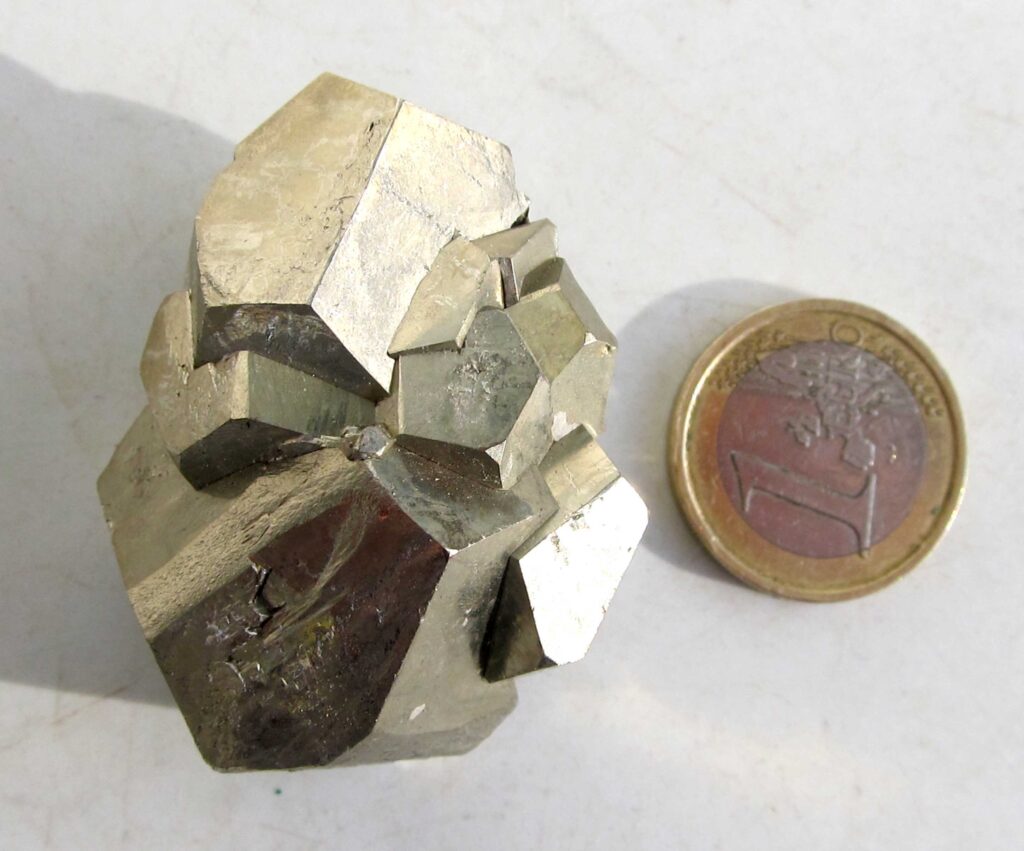
Introduction
Peru, known for its rich cultural heritage and breathtaking landscapes, is currently navigating a complex political and economic landscape. As South America’s third-largest country, its developments are critical not only for its citizens but also for regional stability and international relations. Understanding the challenges and opportunities facing Peru in 2023 is vital for anyone looking to grasp the dynamics of Latin America.
Political Landscape
In recent months, Peru has been grappling with significant political turmoil. Following the impeachment and subsequent arrest of former President Pedro Castillo in December 2022, the nation has witnessed widespread protests and public discontent. Current President Dina Boluarte took office amidst these upheavals and has since struggled to consolidate her power and build public trust.
Recent elections held for regional leaders and local councils in 2023 showed a shift in political allegiances, raising questions about Boluarte’s stability. According to a recent poll by Ipsos, approximately 60% of Peruvians disapprove of the president’s handling of the economy and increasing violence, with many calling for early elections.
Economic Challenges
Economically, Peru is facing stagnation after a period of remarkable growth prior to the pandemic. Inflation rates have soared, reaching around 6% by early 2023, affecting the cost of basic goods and services. The mining sector, a significant part of the Peruvian economy, continues to face challenges due to both regulatory changes and ongoing conflicts with local communities concerned about environmental impacts. Mining exports account for over 60% of Peru’s total exports, making its stability crucial for economic recovery.
Social Issues and Human Rights
Social inequalities and human rights issues are also at the forefront of national discourse. Protests against government policies have frequently turned violent, leading to significant concerns regarding police conduct and human rights violations. An increase in public safety concerns has prompted calls for reforms and better resources for law enforcement.
Conclusion
The situation in Peru remains dynamic and unpredictable. Political instability, economic challenges, and social unrest underscore the need for comprehensive reforms and public dialogue. As the nation moves forward, the outcomes of these developments will be essential not only for Peruvian citizens but also for international stakeholders invested in the region. Observers expect that unless political tensions subside and economic policies are effectively implemented, Peru will continue to face significant hurdles in the coming months and years.



